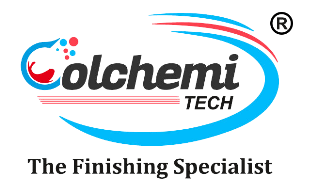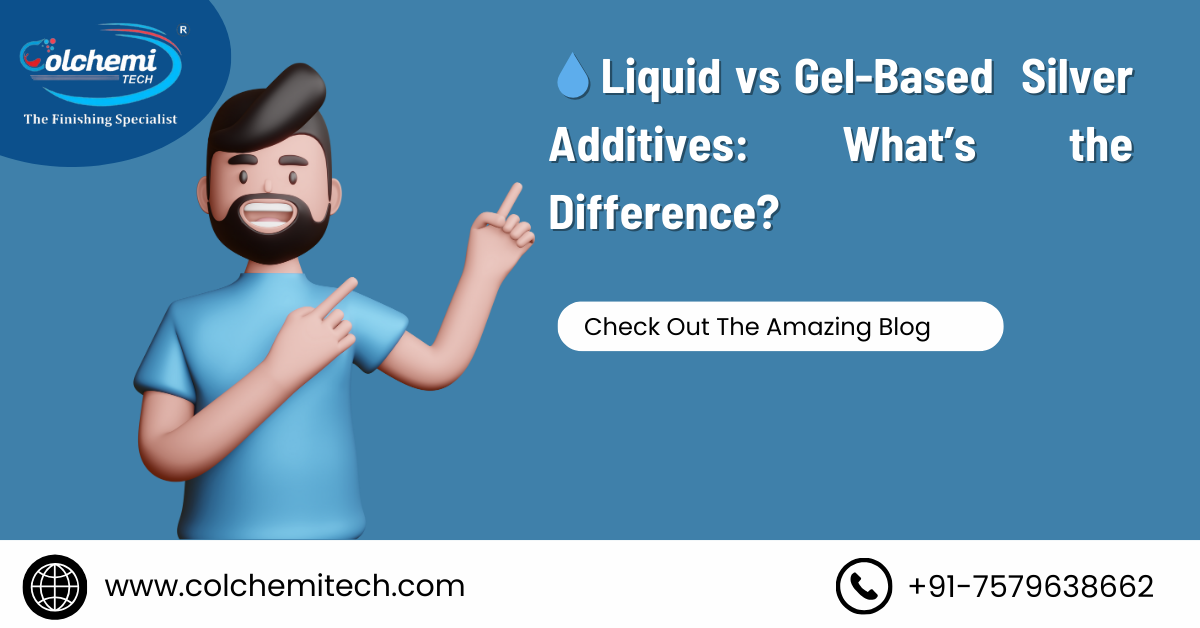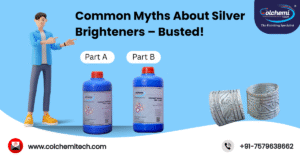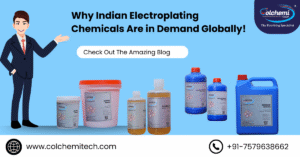In the world of silver electroplating, additives play a critical role in achieving brightness, leveling, adhesion, and overall finish quality. While liquid-based additives have long been the industry standard, gel-based silver additives are emerging as a viable alternative in certain applications.
But how do these two forms compare? Which one is right for your process?
Let’s break down the real differences, their advantages, and when to choose which — based on science, not sales talk.
⚗️ What Are Silver Plating Additives?
Silver additives are specialized chemical agents added to silver plating baths to:
- Improve Brightness and Uniformity
- Enhance Throwing Power
- Stabilize Bath Performance over time
- Reduce Defects like Burning or roughness
These additives typically come in Liquid or Gel form — each with different chemical Behavior and handling characteristics.
💧 What Are Liquid-Based Silver Additives?
🧪 Characteristics:
- Fully dissolved chemical solution
- Easy to mix and measure
- Compatible with automated dosing systems
- Industry standard for decades
✅ Pros:
- Fast mixing: Quickly integrates into the bath
- Precise dosing: Easy to control quantities
- Proven performance: Long track record in industrial plating lines
⚠️ Cons:
- Can degrade faster if not stored properly
- Slightly higher evaporation loss in open tanks
- Spill risk during handling
🧴 What Are Gel-Based Silver Additives?
🧪 Characteristics:
- Thickened or semi-solid chemical formula
- Designed for slow, controlled release
- Often used in manual or batch plating
✅ Pros:
- Less evaporation during use
- More stable shelf life (in certain formulas)
- Useful for slow or small-batch operations
⚠️ Cons:
- Slower mixing time
- Not compatible with automated dosing
- Dosing requires more manual control
- May leave residue if not dissolved properly
🔍 Head-to-Head Comparison
| Feature | Liquid Additives | Gel-Based Additives |
|---|---|---|
| Dosing | Precise, easy | Manual, less precise |
| Mixing Speed | Fast | Slower |
| Evaporation Loss | Slightly higher | Minimal |
| Storage Stability | Good (sealed) | Longer (in some cases) |
| Automation Compatibility | High | Low |
| Ideal Use Case | High-speed, industrial plating | Small-batch, low-speed, manual tanks |
🤔 So, Which One Should You Choose?
Choose Liquid-Based Additives If:
- You run high-volume plating lines
- You use automated dosing systems
- You need consistent dosing accuracy
- You’re focused on high throughput + low variability
Choose Gel-Based Additives If:
- You manage a small workshop or batch process
- You want less evaporation during use
- Your operators prefer manual handling
- You value stability over speed
🏭 What We Offer
At [Your Company Name], we offer both liquid and gel-based silver additives, engineered for:
- High brightness
- Extended bath life
- Low defect rates
- Custom formulation based on your tank conditions
💡 Need help choosing the right one?
We can evaluate your bath chemistry and recommend the best fit.
✅ Bonus: Free Download
📥 Download our “Additive Selection Chart” – Compare performance, cost, and usage at a glance.
(Perfect for QA teams and plating managers.)
📞 Ready to Optimize Your Silver Plating?
Whether you’re scaling up a high-speed plating line or fine-tuning a niche jewelry process, choosing the right form of additive can make or break your bath performance.
👉 Request a free consultation today
👉 DM us for custom gel/liquid formulation options





